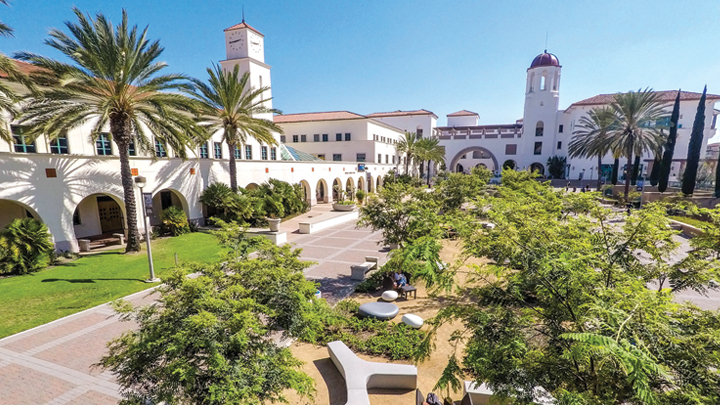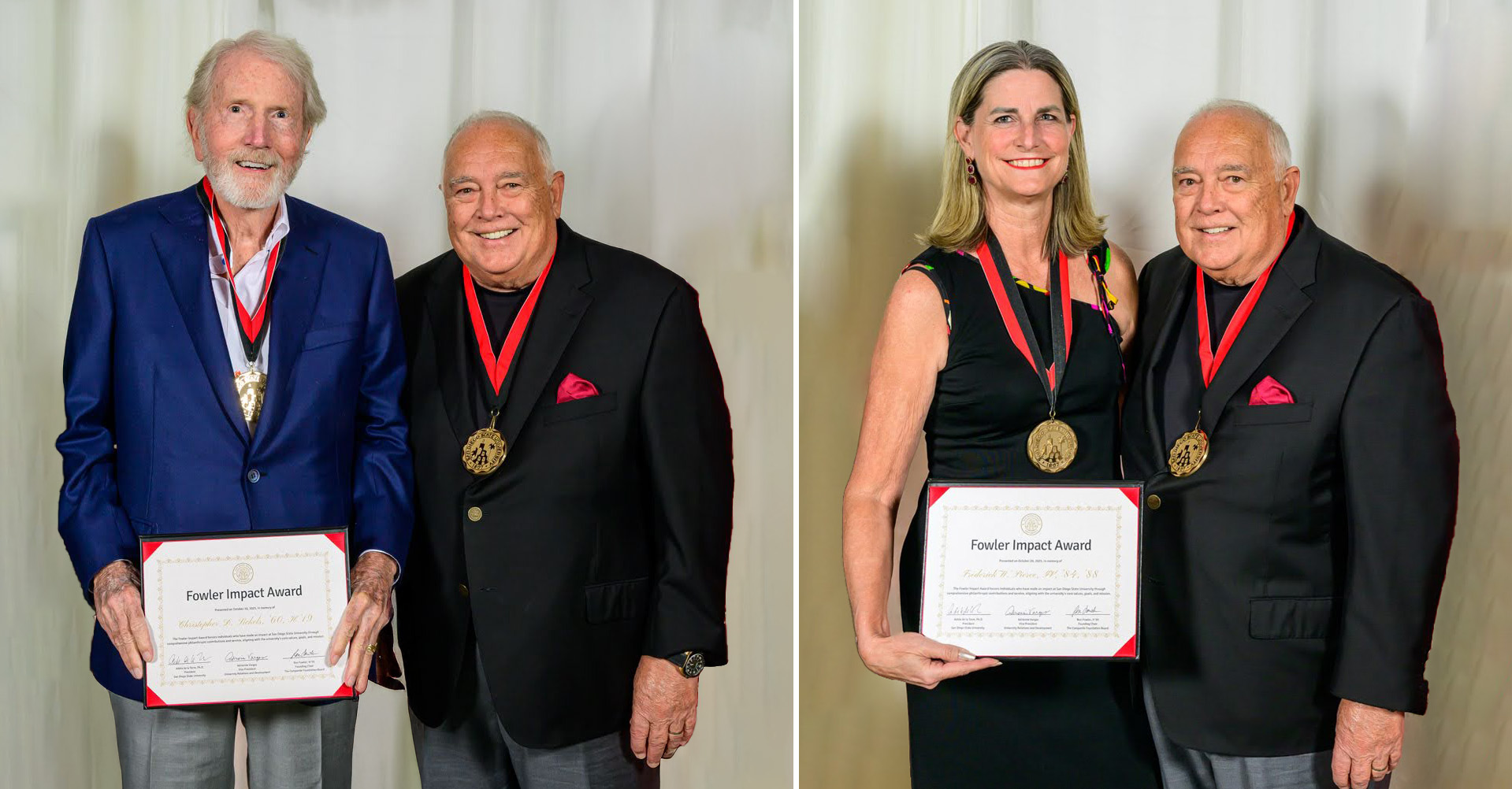SDSU named among The Princeton Review’s Top 50 Green Colleges
San Diego State University is No. 42 on The Princeton Review's Top 50 list

San Diego State University has been recognized among the Top 50 “Green Colleges” in The Princeton Review’s The Guide to Green Colleges: 2025 Edition, released Tuesday.
The guide profiles 511 colleges that foster a culture of environmental responsibility and demonstrate a commitment to sustainability. SDSU is listed as No. 42.
“Environmental sustainability is an essential part of the 5-year strategic plan that SDSU launched in 2020, and we are grateful for this recognition,” said SDSU President Adela de la Torre. “From hydration stations to LEED-certified buildings and environmental-justice advocacy programs, SDSU is committed to prioritizing positive environmental stewardship in all the communities we serve.”
The Green Ratings of each school are measured on a scale of 60 to 99. SDSU received a Green Rating score of 96.
”Sustainability remains one of the core values of Associated Students (A.S.), and SDSU's recognition as a top university promoting sustainable practices is a testament to the unwavering dedication of our students and the entire university community,” said A.S. President Katarina Hernandez.
Notes on each school’s uses of renewable energy, recycling and conservation programs, and the availability of environmental studies in academic offerings, are also included in each college featured. The company also surveyed students attending the colleges about their "green" campus experiences.
"We are delighted to recommend San Diego State University to students who want their ‘best-fit’ college to also be a 'green' one," said Rob Franek, The Princeton Review's editor-in-chief. “SDSU, which offers excellent academics, also demonstrates a strong commitment to sustainability in its campus programs, policies and practices.”
SDSU has 15 LEED-certified buildings, including the Conrad Prebys Aztec Student Union, the Engineering and Interdisciplinary Sciences Complex, and Snapdragon Stadium. LEED, according to the U.S. Green Building Council, which created the program, is the world’s most widely used green building program and is a leadership standard defining best practices for healthy, high-performing green buildings. LEED takes a comprehensive look at a building’s sustainability attributes, including energy and water use, location and site, materials, and the impact on the building’s occupants.
"It is an incredible honor to have SDSU among the top 50 green colleges,” said Kristin Larson, SDSU director of energy and sustainability. “We have so many sustainability champions across our alumni, faculty, students and staff at SDSU, and it takes every one of them to move SDSU towards a more sustainable university.”
In 2021, the university created the Office of Energy and Sustainability (OES), a department dedicated to university-wide sustainability efforts. Housed within the College of Arts and Letters, SDSU also offers a sustainability major.
Several university locations, including the Conrad Prebys Aztec Student Union, the Parma Payne Goodall Alumni Center, and Centennial Mall feature drought-tolerant plants. The university also has 55 hydroponic towers to grow herbs and vegetables for campus eateries. According to OES, these towers save around 80% of water compared to traditional irrigation.
“We are very excited for our green future and hope to keep moving the needle on our green initiatives,” said Larson.
Published annually since 2010, The Princeton Review chose the colleges based on a survey conducted in 2023-24 of administrators at nearly 600 colleges about their institution’s sustainability-related policies, practices and programs. The school selections were based on more than 25 data points from the surveys. Beyond the Top 50 list, the schools in the guide are not ranked from 51 to 511.


